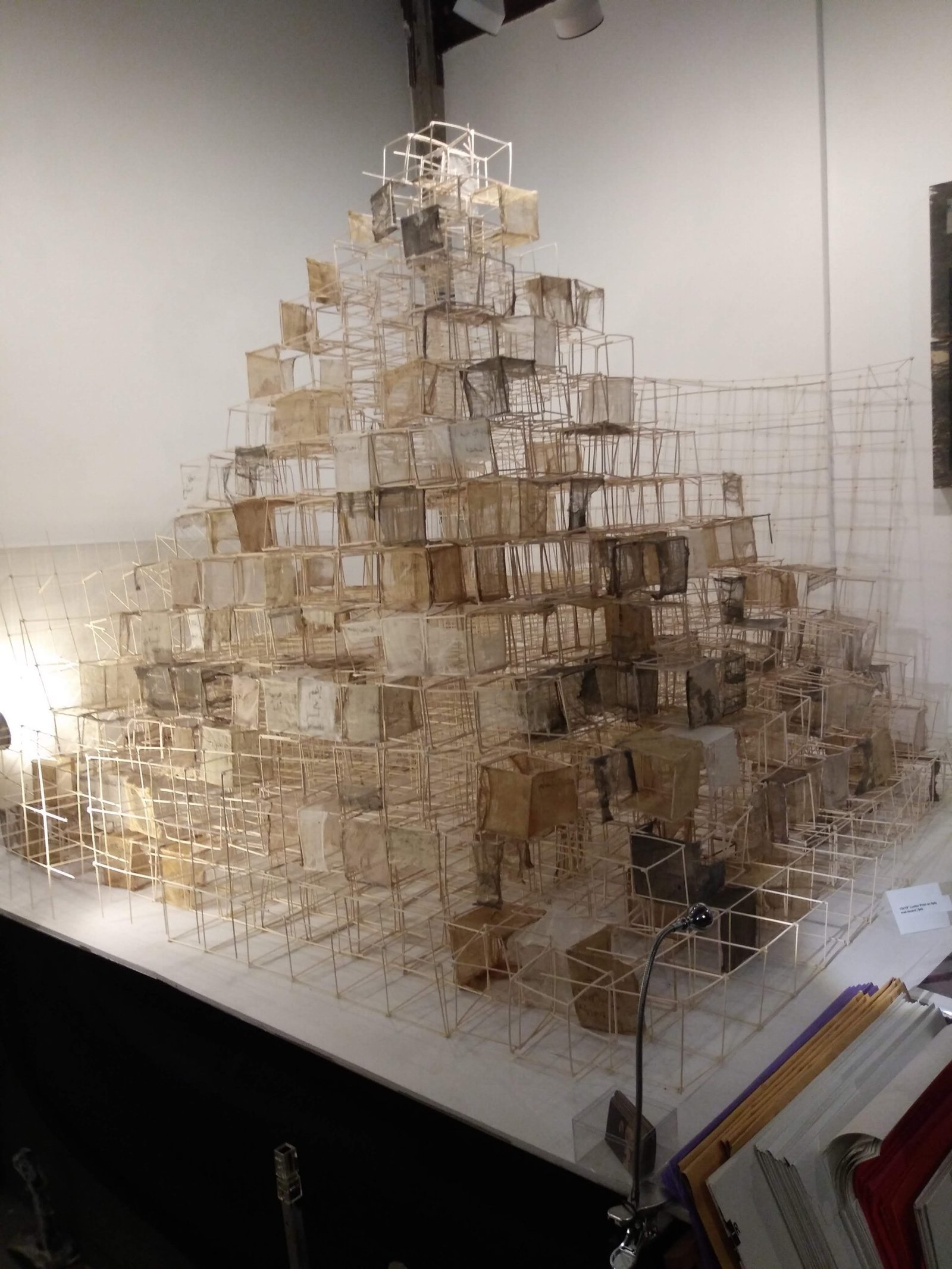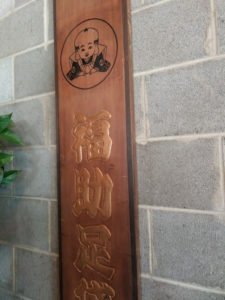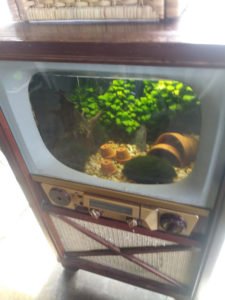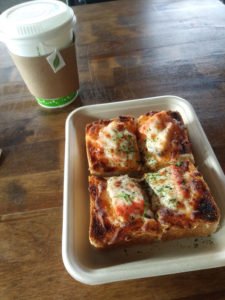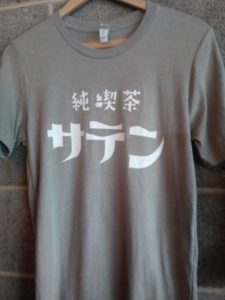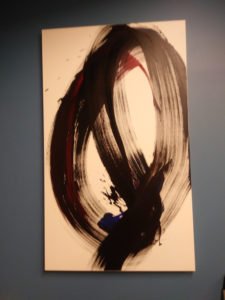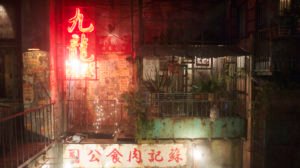
“Resilience – A Sansei Sense of Legacy”, an exhibit of art works by eight Sansei (third generation) Japanese-American artists is running until July 7, 2023, at the Washington State History Museum. The show reflects upon the multi-generational impacts of the wartime Executive Order 9066 that sent their families to internment camps.
From Exhibits USA, this touring exhibit was produced by the Mid-America Arts Alliance and curated by Gail Enns and Jerry Takigawa.
It’s difficult to convey the full impact of some of these pieces – one by Wendy Maruyama, has the heaviest presence, consisting of three tree-like bundles, suspended from the ceiling, consisting of replications of the over hundred thousand internment camp identification tags. The original exhibition featured 10 of these, like a forest….each representing one of the ten sites where the US government interned Japanese-Americans during WWII. These tall structures tower over you, sobering you with the enormity of these tags, each representing a Japanese-American, pulled away from their homes, in suspension with 120,000 others for 3-5 years.

Reiko Fujii interviewed members of different families who had been interned, in order to capture and share their story. One woman’s story was especially moving and shocking; she had been born and raised in Peru, but for reasons which many Americans don’t realize, the US government asked several Latin American countries to extradict Japanese from their countries after Pearl Harbor. She and her family (and thousands of other Japanese in Latin America) were taken to the US internment camps because they were of Japanese ancestral origin. (For context, during the late 19th-early 20th century there was an influx of Japanese that left Japan to move to Latin America – part of a larger Japanese diaspora during Meiji.)
This woman was 7 years old when she and her family were taken to the US, where they did not speak the language. After the war, even more shocking was that as ‘illegal aliens’ they could not move to communities in the US, but Peru it turned out no longer wanted them either. Their only alternative was to be sent “back” to Japan, a country devastated by the war and not their “home”. There would be no promise of resources or support for them. Her father was very ill, so because of this they stayed an additional two years in the camp until the US allowed them to stay and settle in Berkeley, CA.
To honor not only those Fujii interviewed but to symbolically honor all 120,000 interned, the artist constructed a kimono of 2,000 hand cut glass pieces holding hundreds of fused photographs and stiched with copper wire.

The last works that really stood out were open ended and subjective. Na Omi Judy Shintani installed three vintage kimono – one black, one red, and one white, on poles, each above an offering bowl. Out of each of these she took cuttings, in circles or in the shape of flowers, and each of these pieces were placed lovingly into these bowls. She describes the process as one of meditation, discovery, and conversation with her ancestors. Perhaps akin to conversations one has with family or within oneself over traumatic topics – there are holes, gaps, silences….there are pieces missing, from one’s family, from oneself. There’s damage, violation of these beautiful garments, just as there was violence inflicted on these families, to their dreams and their belongings….But those pieces that remained – like cut flowers, are now being honored.


